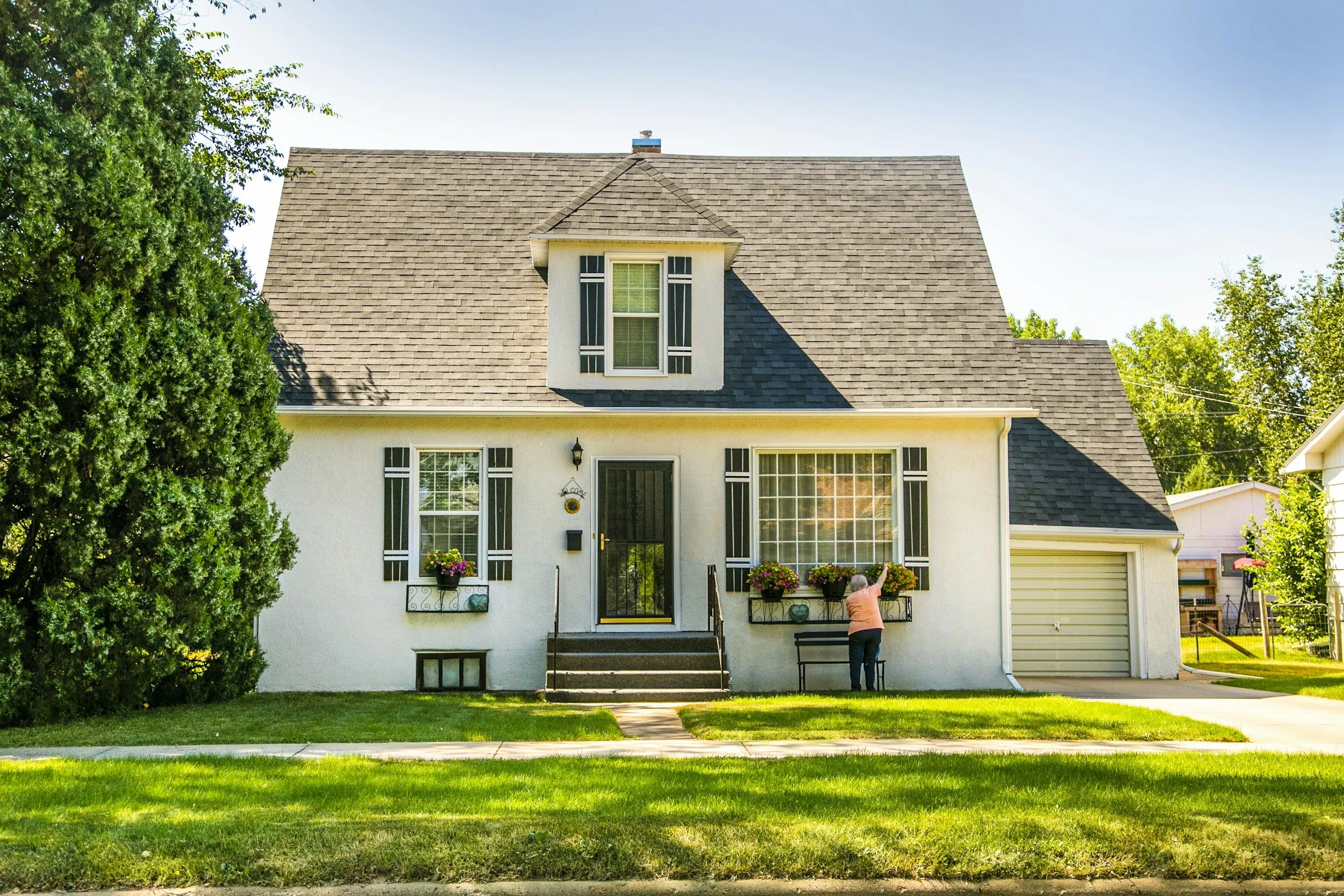Are Values Declining?
Are Home Values Declining in North Alabama?
A Closer Look at the Greater Huntsville Market
You may have heard the buzz: some appraisals aren’t aligning with contract prices, raising concerns about whether home values are dropping here in North Alabama. Let’s dive into what the latest data really shows.
Home Sales & Inventory Trends
June closings in Madison County dipped from 654 to 593 units, marking a 9.3% drop year-over-year.
Meanwhile, active inventory across the entire Valley MLS rose 19% year-over-year, now supporting about 4.6 months of supply compared to 4 months last year.
More homes to choose from, with fewer buyers currently closing deals — a shift toward a more balanced market.
Median Sale Prices Holding Steady
ValleyMLS switched to emphasizing median sale prices this year for a clearer view.
Median sold prices have remained relatively flat over the past year across the entire Valley MLS. June’s median was around $309,900—barely changed year-over-year, up about $1,515 showing only about a 0.5% increase from June 2024.
Rocket Homes shows mid-300K levels, with a slight 0.6% increase year-over-year.
These figures point to price stability, not decline.
Buyer Behavior & Inventory: The Bigger Shift
Inventory is rising—up between 12-19% over last year—offering more choices and giving buyers a bit more negotiating power.
As a result, average days on market have increased—from 39 in June 2024 to nearly 45 in June 2025 across the entire Valley MLS. The highest average days on market so far this year peaked at 72 days this past February 2025.
This doesn’t necessarily spell value decline—it represents a cooling off from peak activity, better reflecting a balanced market.
Submarkets may see a slight decline, a minimal rise, or remain flat, but overall values are remaining stable.
Why Appraisals May Still Come in Below Contract Price
Even with stable or rising median prices, appraisers are reporting more appraisals below contract. Here's why:
Larger inventory gives buyers more leverage to negotiate.
Overpricing pressure—when sellers price above market, appraisers must still use the most recent and relevant comparable sales.
Greater market variability—some neighborhoods are booming, others are cooling; value is not entirely uniform across all markets or even across all neighborhoods.
Where Are We Headed and What Are Our Appraisers Seeing?
Market is balanced, not collapsing. Increased supply is meeting steady demand, however buyers do have options now whereas options were fewer in 2020-2023.
With inventory building and days on market increasing, appraisers are keeping a close eye on market trends. With median sales price relatively flat, we have seen values fall in some neighborhoods, remain flat in others and maybe a slight rise in yet another neighborhood.
What It Means for You
Values aren’t collapsing—we’re in a normalizing market with moderate prices and steady demand.
Appraisals are less forgiving of inflated contracts; they rely strictly on market data.
Buyers may see negotiation power, while sellers should price competitively from the start.
Bottom Line from Definitive Valuations
No—Huntsville home values are not crashing.
We’re in a period of stability and normalization—far different from rapid growth or sharp decline.
Huntsville home values are holding firm.
What you’re seeing is a more balanced market dynamic: more options for buyers, and a need for realistic pricing for sellers.
What we’re here for:
If you’re facing a low appraisal or wondering about your home's worth in today’s market—whether you're buying, selling, or refinancing—let’s talk. At Definitive Valuations, our data-backed, local-focused appraisals aim to bridge the gap between what people offer and what values prove.
Contact Definitive Valuations for reliable, data-driven appraisals tailored to North Alabama and Southern Tennessee. (256) 828-9275
All stats brought to you by the Valley MLS Market Stats.

